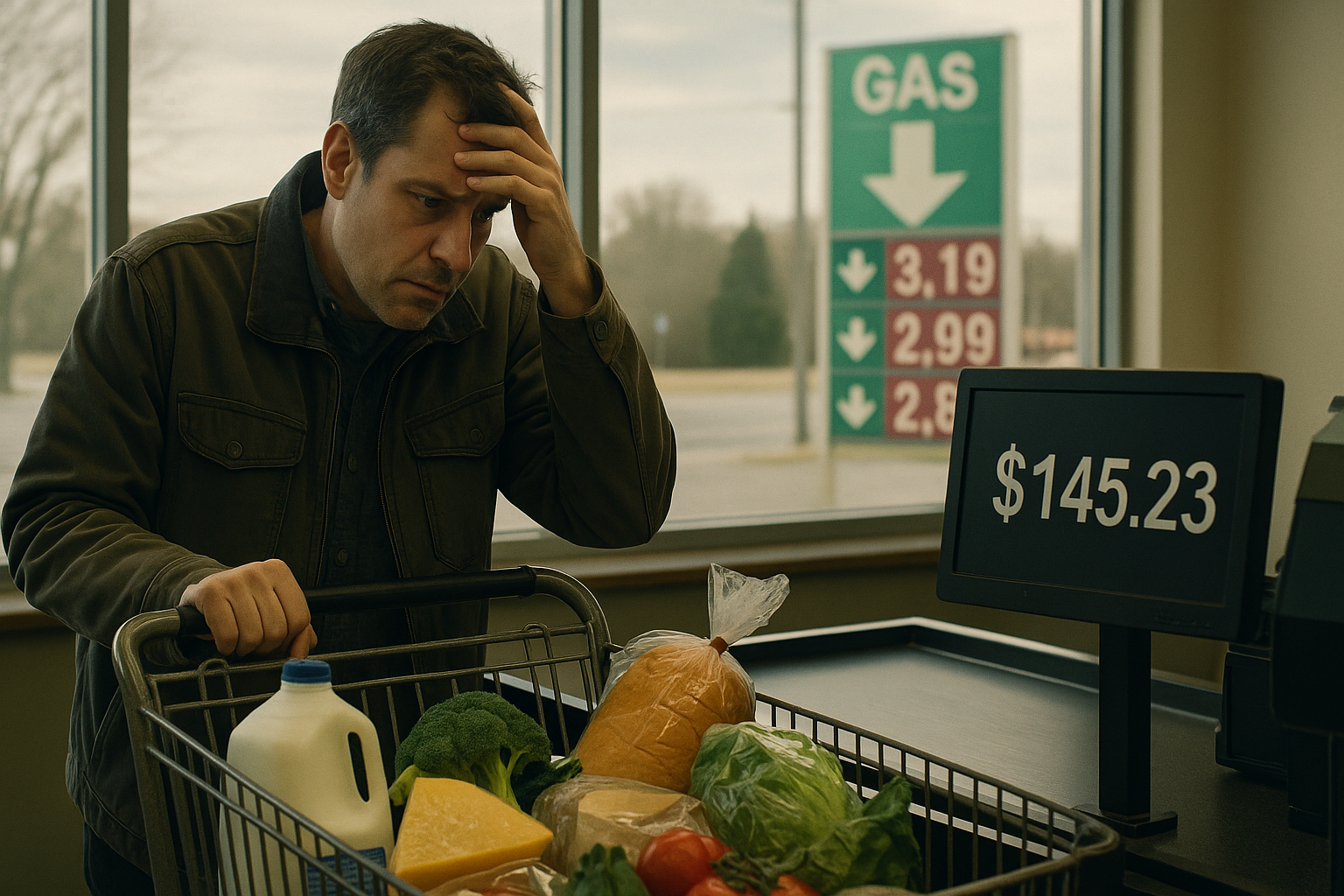The S&P 500 is flirting with trouble again. The index is now trading at nearly two standard deviations above its inflation-adjusted historic trendline—a technical way of saying it's stretched like spandex on a weightlifter.
If you've been around markets long enough, this should trigger some alarms. We've only visited this rarified air a handful of times in modern market history, and let me tell you, the aftermath hasn't exactly been champagne and roses for investors.
What are we really talking about here? When market wonks normalize stock prices against a log-linear trend line and measure standard deviations, they're essentially asking: "Just how crazy is this party getting?" Two standard deviations is statistician-speak for "Maybe it's time to call an Uber."
I've followed these deviation metrics for years—they cut through the market's constant storytelling. See, markets always have narratives: today it's AI revolution and soft landings; yesterday it was pandemic recovery; tomorrow it'll be something else entirely. But math doesn't give a damn about our stories. The numbers simply tell us when prices have wandered too far from home.
The previous occasions when markets hit these elevated levels? Well, they make for some pretty unsettling company. The late 1920s (need I say more?), the speculative frenzy of the late 1960s, the dot-com bubble, and the rally before 2008's financial crisis. Not exactly the kind of historical neighbors that help you sleep at night.
But hold on—before you rush to liquidate everything and build that bunker, some perspective is warranted. These extreme valuations can persist longer than seems logical or fair. The market spent much of the 1990s looking expensive before it finally cratered. As Keynes supposedly said (though historians dispute this), "Markets can remain irrational longer than you can remain solvent."
So what's pushing us to these heights?
The usual suspects, really. Those magnificent seven tech stocks (or whatever Wall Street's marketing department is calling them this week) continue hauling the market upward like oxen. Liquidity remains surprisingly abundant despite the Fed's tight policy talk. And perhaps most importantly, there's that stubborn belief that any market weakness will be met with rapid policy accommodation—the famous "Fed put" that's trained a generation of investors to buy every dip like Pavlov's dogs at the dinner bell.
There's also the matter of those trendlines themselves. Historic patterns can shift. I mean, the S&P of today looks nothing like the index of 30 years ago—it's now dominated by high-margin tech businesses rather than industrial conglomerates. Maybe the trend itself needs updating.
But even allowing for structural evolution, two standard deviations is entering the danger zone by any reasonable measure. It's like driving 95 in a 65 zone—you might make it home fine, but the odds aren't exactly in your favor.
What should you do with this information? That depends entirely on your timeline and stomach for risk. For those with decades ahead and steady nerves, these fluctuations might just be expensive noise. For folks nearing retirement or anyone who can't afford major losses, some defensive positioning might be prudent.
Look, recognizing when markets have wandered into statistically unusual territory isn't about perfect timing—God help anyone who thinks they can nail market tops and bottoms. It's about calibrating expectations. History shows that returns following periods of significant overvaluation tend to be underwhelming, even if the exact path remains unpredictable.
Is this cause for panic? I'd frame it differently. It's cause for awareness and thoughtful risk management. The market is indeed running hot—but then again, that's hardly breaking news. Now we just have the statistical confirmation to prove what our gut's been telling us all along.
Meanwhile, Japan's stock market is enjoying its best run in decades, though with considerably less froth than what we're seeing in the S&P. Treasury yields keep dancing around that 4% level, indecisive as my teenager at a restaurant menu. And private credit markets? They're still growing despite increasing regulatory eyebrows, because... well, when has a little regulatory scrutiny ever stopped Wall Street from making money?




